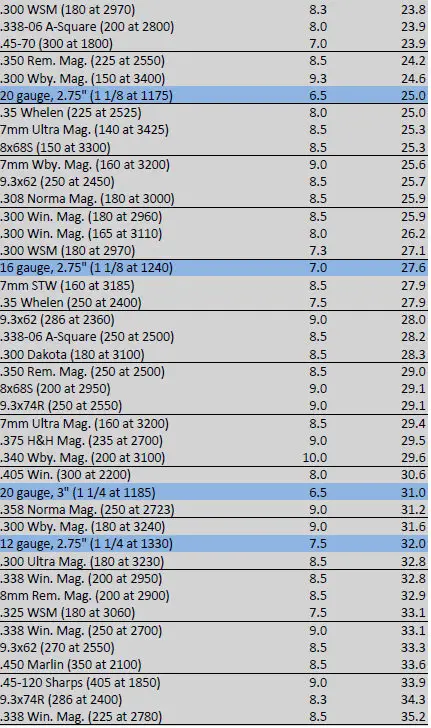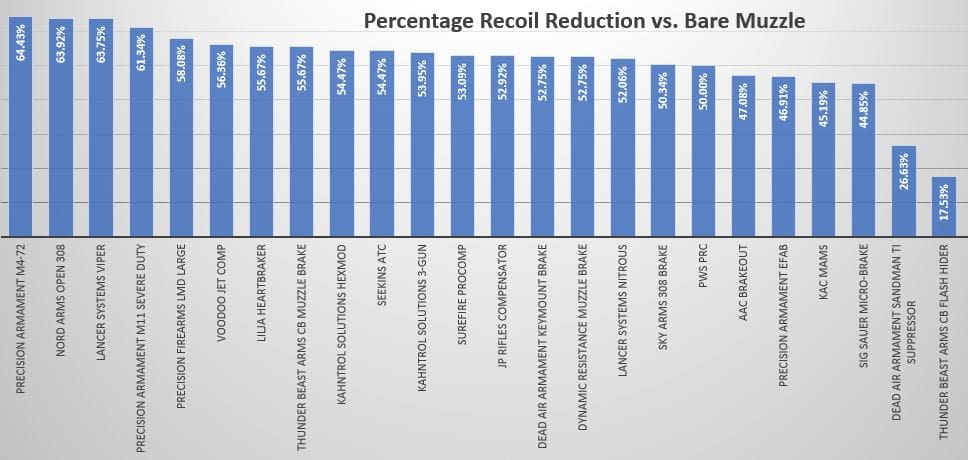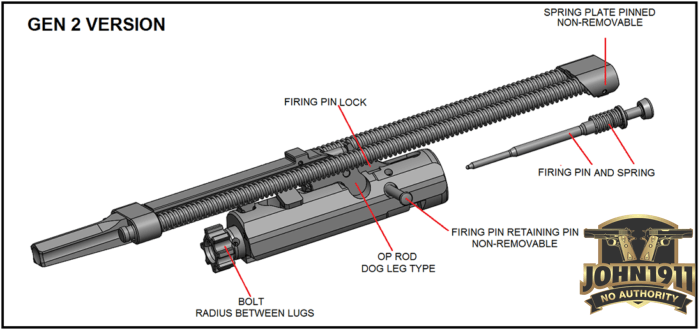


While still others requires your barrel be drilled until it looks like Swiss Cheese.Ī simple Limbsaver is all that is often needed to let one step up to a much more powerful round.if you feel more powder, and a heavier bullet is needed, you owe it to yourself to try one of these. Others require an even greater expense of installing "something" in the stock to counteract that force. Many recoil pads are there, simply because they're supposed to be, and don't do a thing other than cosmetics, and hang up on your clothing. Now, if all that should sound a bit like I favor the Limbsaver, yer right!īut, not because it's made in my home town.Sims, and Trees is the ONLY thing this little Northwest town has to offer.Actually, it's because it truly does make all the difference in the world when shooting heavy loads. right here in beautiful downtown Shelton, WA.is beyond a doubt, the best recoil pad EVER.period! The 70 grain loading was generally considered a 1350 fps load with a 405 grain bullet.Ĭlick to expand.Yes, Sir.That "Limbsaver" made by SVL (Sims Vibration labatories). That load is probably good for about 1150 or 1200 fps. I could shoot the 3.5� shells all afternoon with my pump gun but I started to flinch long before I got the 7mm Mag rifle sighted in. I once owned a 7mm Rem Mag that was so lite it felt worse than when I patterned my shotgun with 3.5� 2oz turkey loads. The Army issued a reduced velocity load to the Cavalry, using a 405 grain bullet over 55 grains of black powder. You do have to take into account a difference in rifle weight. The 1873 Trapdoor Carbine weighed in at about 6 lbs. To put it all in perspective, when the Army issued the 45-70 carbine to the Cavalry, there were a lot of complaints about the recoil. Filling the buttstock with shot goes a long way to taming this light rifle. The factory 300 grain HP's at circa 1800 fps fall into the heavy trap load recoil to me. I don't like such loads in a single barrel 12 either, and have about as much tolerance for anything discussed here. One has to remember that the powder charge has inertia too, so the 45-70 will have a little edge on something like a 2 3/4" 1 1/8 ounce trap load (1275-1350fps) but I'm not sure there is enough felt difference to matter. One way to think of it is that one ounce is 437 grains, so nominally, a 400 grain bullet at the same velocity of a similar load of shot at similar velocities is going to make similar recoil. This is what I would consider 45-70 400 grainers at 1700 fps to be like. The recoil impulse I r can be calculated as the product of mass and velocity of the firearm, i.e.About like 12 guage pump w/ 2 3/4" 1 5/8 ounce magnum loads. It is to be noted that the mass of bullet and powder charge is input in grams, whereas the mass of firearm is taken in kilograms and adjusted with the 1000 in the denominator. The above method is called the long-form of momentum equation. In the shooting sports we call that reaction recoil or 'kick. This means that the momentum of a rifles reaction will exactly equal the momentum of the bullet and powder gasses ejected from the barrel. The velocity of powder charge varies as per the type of propellant used, however, there is a set of averaged values which can be used depending on the firearm: Powder forįurther, we calculate the kinetic energy of the firearm using the equation: E r = 0.5 * M f * V f 2 Rifle Recoil Table By Chuck Hawks For every action there is an equal and opposite reaction that is one of the physical laws of our universe. Where V b, V c, and M c are the velocity of bullet, velocity of powder charge, and mass of powder charge respectively. The velocity V f with which the firearm recoils backward is related to the mass of firearm and bullet is given by the equation: V f = (M b * V b + M c * V c) / (M f * 1000) For more details on the differences between various types of energy, check the potential energy calculator.Ĭonsider a firearm, having mass M f, firing a bullet of mass M b. Remember that this recoil energy is not potential energy. It is measured in joules (J) or foot pounds-force (ft-lbf). This kinetic energy is known as recoil energy. The energy associated with this reaction is the translational kinetic energy of the firearm. This reaction varies for different firearms and is known as recoil.

This reaction follows Newton's third law, such that the weapon imparts an equal reaction towards the shooter in the backward direction. When a weapon or firearm is discharged, the ignited powder results in the release of high-velocity gases, which then propels the projectile forward.


 0 kommentar(er)
0 kommentar(er)
